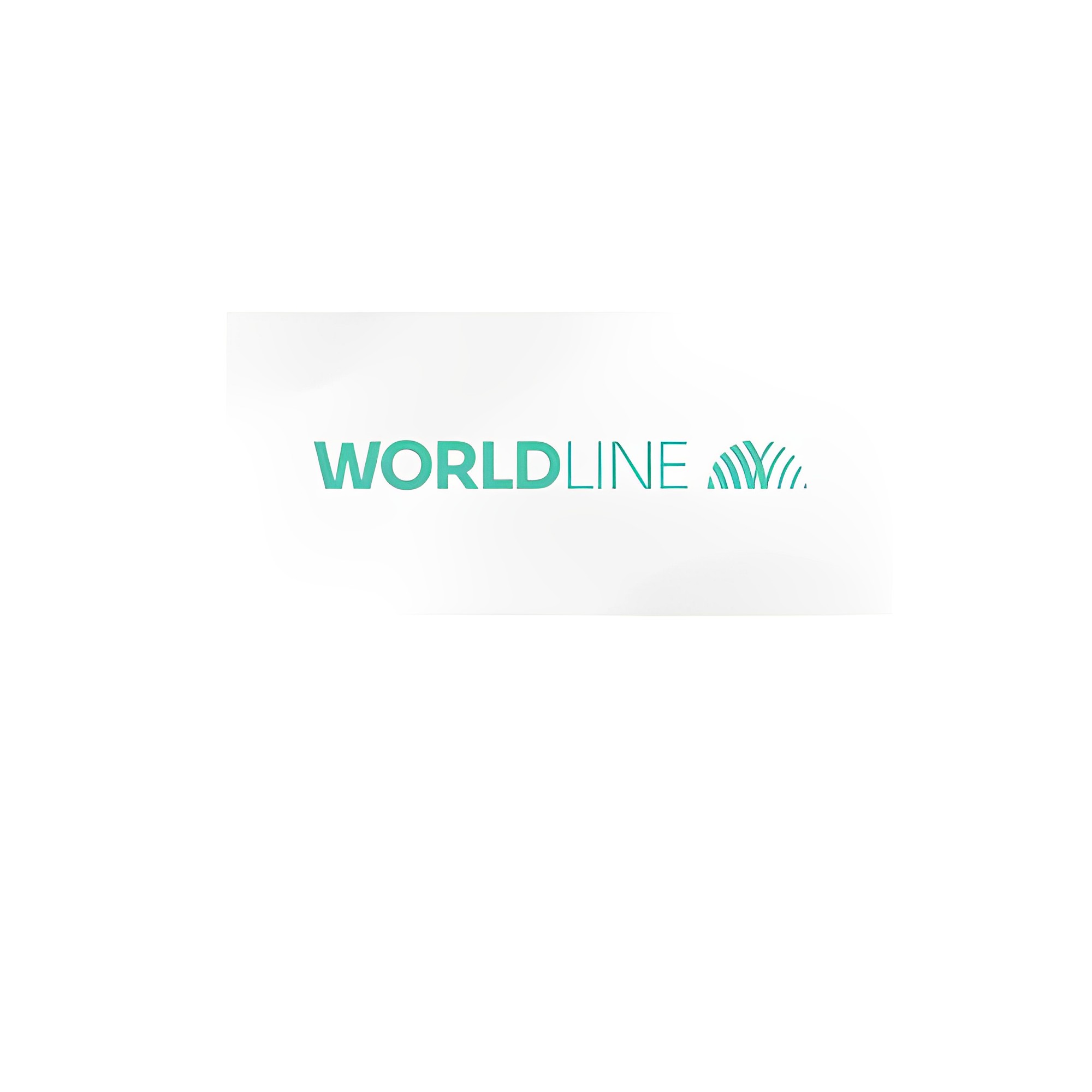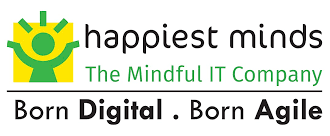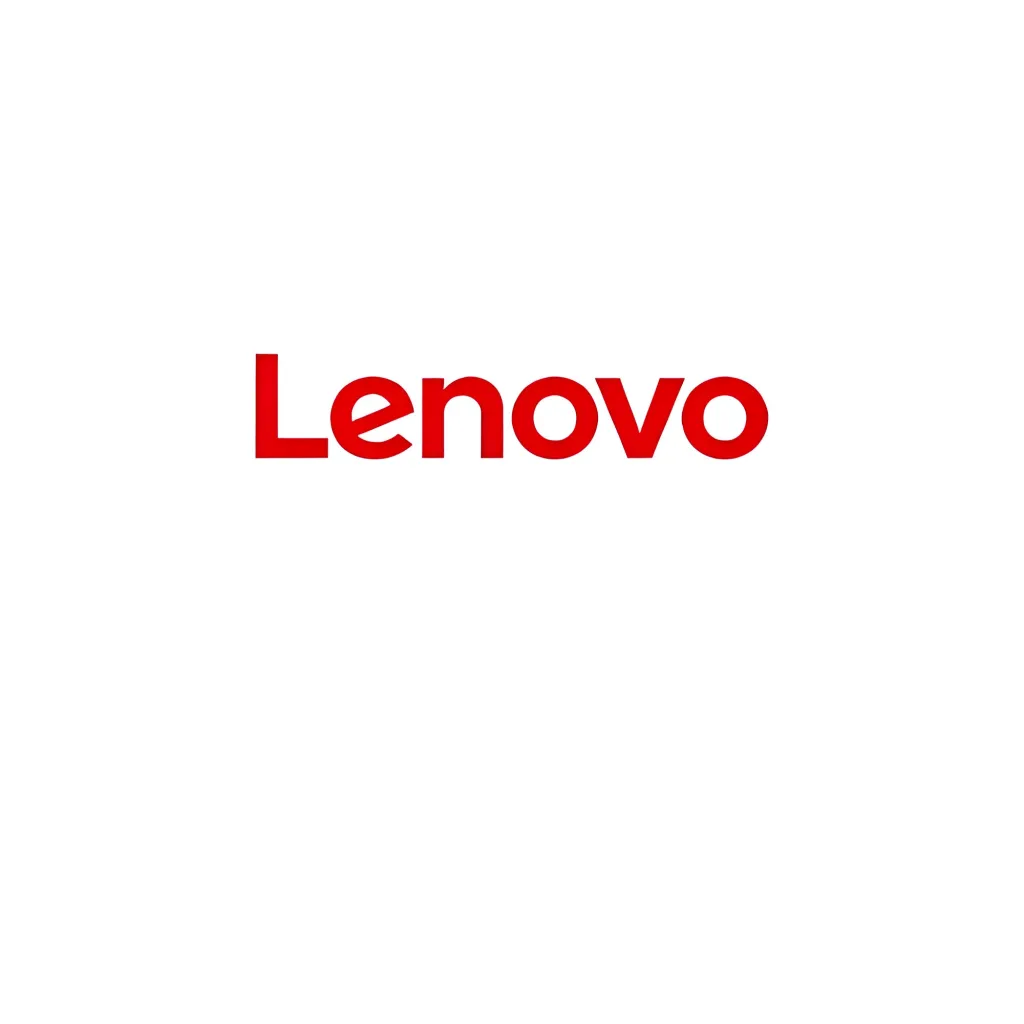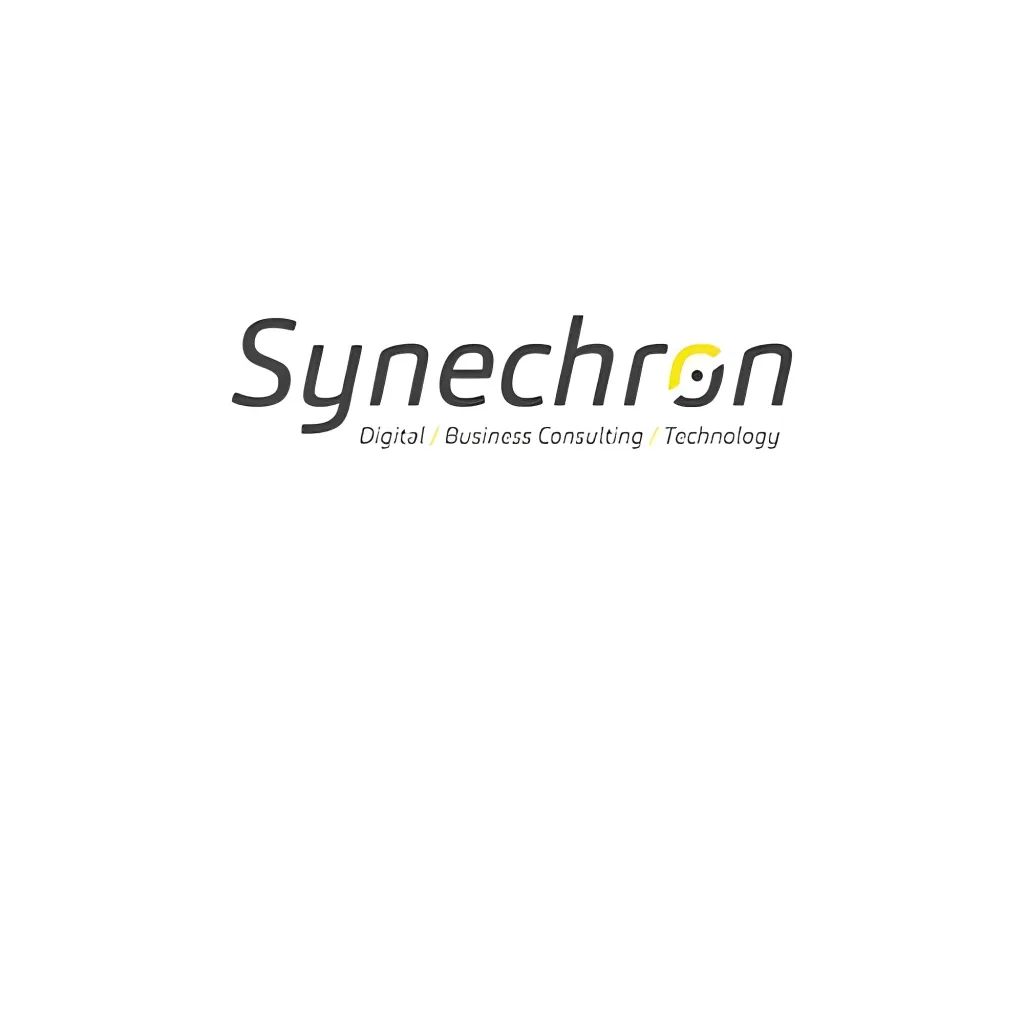Worldline India has released the ‘India Digital Payments Report’ for Q3 2022 today. The report highlights the analysis of the transactions available in public databases as well as processed by Worldline India in the third quarter (July – September 2022) and derived some unique insights.
How India Pays?
In Q3 2022, UPI, Debit and Credit cards, Prepaid Payment Instruments like Mobile Wallets, and Prepaid Cards executed 23.06 billion transactions amounting Rs 38.32 trillion. UPI Person-to-Merchant (P2M) and Person-to-Person (P2P) emerged as the most chosen payment method among consumers, accounting for 42% of total transaction volume (UPI was 84%). Conversely, in regards to value, UPI P2M contributed to 19% of digital transactions, whereas UPI P2P counted for 65% (UPI was 84% in total). This is followed by credit and debit card payments, which accounted for 7% of volume and 14% of value.

Speaking on the release of the report, Ramesh Narasimhan, Chief Executive Officer – India, Worldline, said:
“Today, both customers and sellers are being more receptive towards digital payments. Digital payments are gradually becoming like a commodity and forming a subtle yet an integral part of our lives. The swift adoption of digital payments can be witnessed with each passing quarter. Popular payment instruments like UPI, cards, PPIs are already clocking over 23 billion transactions in a quarter. With such interesting insights, we are glad to share India Digital Payment Report for Q3 2022. In addition, we also give our perspective on how India’s progressive regulation on payments is building a stable financial ecosystem.”
The average ticket size for transactions
Q3 data indicates healthy usage of credit cards and growth in the average ticket size. For Credit cards it is Rs 4,833, Debit cards it is Rs 2,073, UPI P2M it is Rs 738, UPI P2P it is 2576, prepaid cards it is 473, and M-wallet Rs 382. The total transaction between credit cards and debit cards comes to around 65% and the remaining 35% has been shared between UPI P2P, UPI P2M, and Prepaid Cards.
Unified Payment Interface (UPI)
In Q3 2022, UPI clocked over 19.65 billion transactions in volume and INR 32.5 trillion in terms of value. Its transactions volume and value almost doubled since last year as it recorded about an 88% increase in volume and over 71% increase in value in Q3 2022 as compared to Q3 2021. As of September 2022, the UPI ecosystem included 358 banks.
As of Q3 2022, the top 3 UPI Apps in terms of volume and value were PhonePe, Google Pay, and Paytm Payments Bank App. The top five Remitter Banks were State Bank of India, HDFC Bank, Bank of Baroda, Union Bank, and ICICI Bank whereas the top 5 Beneficiary Banks were Paytm Payments Bank, YES Bank, State Bank of India, Axis Bank, and ICICI Bank.
| Top 5 Remitter Banks | Top 5 Beneficiary Banks |
| State Bank of India,
HDFC Bank, Bank of Baroda, Union Bank and ICICI Bank |
Paytm Payments Bank,
YES Bank, State Bank of India, Axis Bank and ICICI Bank |
Worldline ties up with NPCI for UPI payments in Europe
Worldline established a partnership with NPCI International in October 2022 to facilitate mobile payment for Indian tourists in Europe. The new agreement will enable merchant POS systems to accept payment via UPI and later, RuPay.
Merchant Acquiring
As of September 2022, the overall number of POS terminals installed by merchant-acquiring banks had surpassed 7 million. In Q3 2022, POS deployment increased by more than 41% reaching 7.03 million, when compared to the same quarter of the previous year. Private sector banks account for 75% of the market, while public sector banks account for 17%. Payments banks share 7% and foreign banks maintain a 1% share.
Top POS deployers: HDFC Bank, Axis Bank, ICICI Bank, State Bank of India, RBL Bank, Paytm Payments Bank, and IndusInd Bank are the top acquiring banks with significant market share in terms of POS deployment.
Worldline In India Insights
In Q3 2022, frequently visited physical merchant categories like grocery stores, restaurants, clothing and apparel, pharmacy and medical, hotels, jewelry retail, specialty retail, household appliances, and departmental stores together accounted for over 61% in terms of volume and about 58% in terms value.
In the online space, e-commerce (shopping for goods and services), gaming, utility & financial services contributed to over 86% of the transaction in terms of volume and 47% in terms of value.
States and cities with the highest number of transactions at physical touch points in Q3 2022 for Worldline India.
Top 10 States: 1. Maharashtra 2. Karnataka 3. Kerala 4. Tamil Nadu 5. Andhra Pradesh 6. Delhi 7. Uttar Pradesh 8. Gujarat 9. Telangana 10. West Bengal
Top 10 Cities: 1. Bengaluru 2. Hyderabad, 3. Chennai 4. Mumbai 5. Pune 6. Delhi, 7. Kolkata, 8. Thiruvananthapuram, 9. Coimbatore, 10. Thrissur
Card Issuance
By the conclusion of the third quarter of 2022, there would be 1.01 billion credit and debit cards in circulation. The number of outstanding credit cards climbed by 19% from 65 million in September 2021 to 77.7 million in September 2022, while outstanding debit cards increased by 2% from 920.3 million to 938.53 million during the same time.
As of September 2022, the top credit card issuing banks were HDFC Bank, State Bank of India, ICICI Bank, Axis Bank, and Kotak Bank, while the top debit card issuing banks were State Bank of India, Bank Of Baroda, Union Bank, Canara Bank, and HDFC Bank.
Transaction analysis of Credit cards
Credit card volume and value were 725 million and INR 3.5 trillion in Q3 2022, respectively. Credit card transactions at POS accounted for 386.83 million, while e-commerce accounted for 338.80 million. In terms of value, in Q3 2022, customers spent INR 1.31 trillion at POS and INR 2.18 trillion on e-commerce purchases using credit cards. It’s important to note that, despite the general trend of transactions shifting from the physical to the digital environment, credit card volume at POS and online is virtually equal in Q3 2022.
Transaction analysis of Debit Cards
In the third quarter of 2022, the volume and value of debit card transactions were 907 million and INR 1.88 trillion, respectively.
POS transactions accounted for 595.4 million of the total debit card volume, while e-commerce transactions contributed to 311.60 million. In terms of value, POS terminals processed INR 1.19 trillion, while e-commerce via debit cards processed INR 681.7 billion. Debit card clients typically use their cards for small ticket-size transactions at physical touchpoints, but value-added services including EMI and BNPL are suddenly allowing consumers to use their cards for high-value items and services. Festive season sales and hyperlocal service delivery are also contributing to the development of debit card e-commerce transactions.
National Electronic Toll Collection
NETC completed around 796 million transactions worth INR 126 billion in the third quarter of 2022. When compared to Q3 2021, transaction volume climbed by 36% while value increased by 40%.
As of September 2022, the total number of banks using NETC FASTag was 36, with about 58.78 million NETC FASTags issued since the program’s commencement.
Apart from adoption across national and state roadways, NETC FASTag has continued to grow and facilitate electronic payments at parking plazas across malls, metro stations, hospitals, and airports, among others. Currently, over 40 parking plazas in over 20 major cities accept FASTags for parking costs.
Top issuer & Acquirer banks for FASTags as of March 2022:
Top 5 Issuer Banks ICICI Bank, IDFC Bank, Paytm Payments Bank, Airtel Payments Bank, and Kotak Bank.
The top 5 acquirer Banks are IDFC Bank, ICICI Bank, Paytm Payments Bank, Axis Bank, and HDFC bank.







